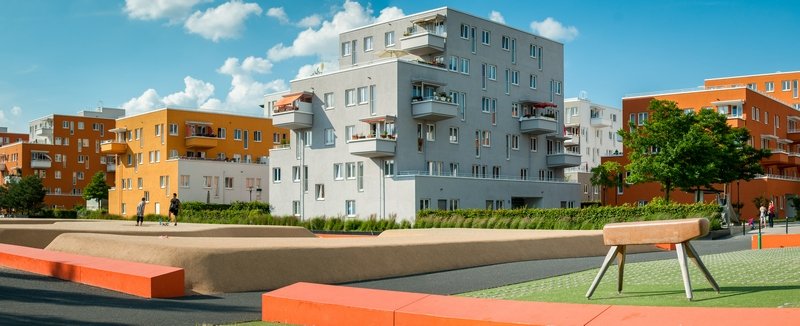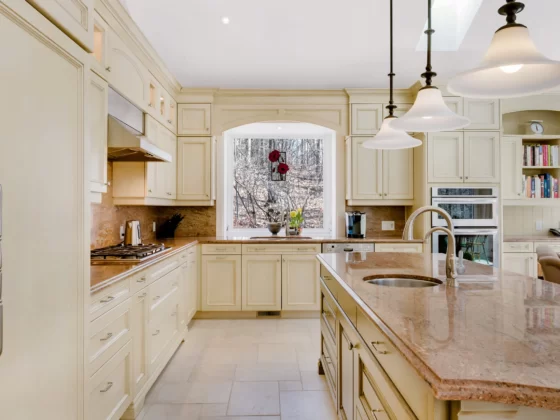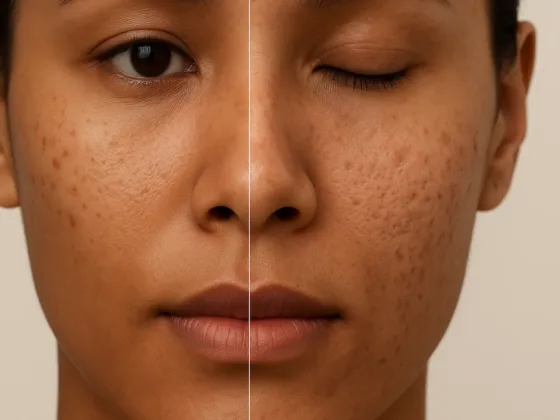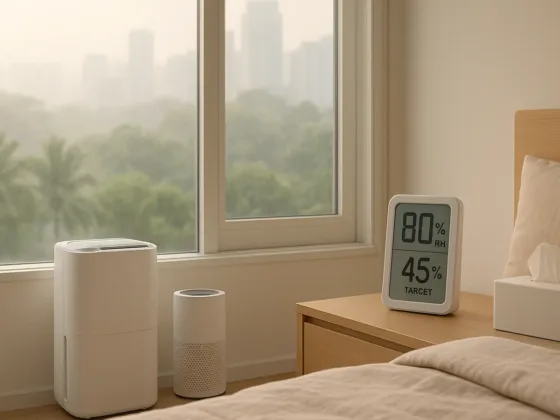Table of Contents Show
In recent years, a new trend has been reshaping the way we think about housing and urban living: the rise of co-living spaces. Co-living is not a new concept, but it has gained significant popularity and momentum in the 21st century, especially among millennials and urban professionals.
This article explores the reasons behind the surge in the popularity of co-living spaces, the benefits they offer, and their impact on the real estate market and urban communities.
1. What are Co-Living Spaces?
Before delving into the reasons behind their popularity, it’s essential to understand what co-living spaces are. Co-living is a modern housing concept that combines private living spaces, often furnished, with shared communal areas such as kitchens, living rooms, and recreational spaces.
Residents of co-living spaces typically rent individual rooms or small apartments within a larger building or complex, and they share amenities and social experiences with fellow residents.
2. The Millennial Lifestyle
One of the primary drivers behind the popularity of co-living spaces is the evolving lifestyle of millennials. This generation, born between 1981 and 1996, has different preferences and priorities when it comes to housing compared to their predecessors.
Millennials value experiences over possessions and prioritize flexibility, convenience, and community.
- Flexibility: Millennials are known for their desire to maintain flexibility in their lives. They change jobs more frequently, often work remotely, and prefer not to be tied down by long-term leases or homeownership. Co-living spaces offer flexible lease terms, making them an attractive option for this generation.
- Convenience: Co-living spaces provide a hassle-free living experience. Most co-living providers offer all-inclusive rent that covers utilities, Wi-Fi, home fitness gyms, and even housekeeping services. This simplicity appeals to millennials who appreciate the convenience of not dealing with multiple bills and responsibilities.
- Community: Millennials crave social interactions and a sense of belonging. Co-living spaces foster a strong sense of community through shared activities, events, and common spaces. This community aspect aligns with the desire for meaningful connections and experiences.
3. Rising Housing Costs
Skyrocketing housing costs in many urban areas have made it increasingly difficult for young professionals and even middle-income earners to afford traditional apartments or homes. Co-living offers a more affordable alternative, as residents can share the cost of rent and utilities.
- Cost Efficiency: By sharing living spaces, residents can access desirable neighborhoods at a fraction of the cost of traditional housing. This affordability is a significant draw for individuals looking to live in prime urban locations.
- Inclusive Amenities: Co-living providers often include amenities like fitness centers, co-working spaces, and social lounges in their offerings. Access to these shared amenities can further reduce living expenses compared to renting an entire apartment or house.
4. Changing Work Dynamics
The rise of remote and flexible work arrangements, accelerated by the COVID-19 pandemic, has contributed to the popularity of co-living spaces. Many co-living residents are digital nomads, freelancers, or professionals who work remotely.
Workspaces: Co-living spaces often feature dedicated co-working areas or provide easy access to nearby co-working facilities. This arrangement caters to the needs of remote workers who seek a productive and inspiring environment outside of traditional offices.
Networking Opportunities: Living with like-minded individuals can lead to valuable networking opportunities. Co-living spaces bring together a diverse group of residents, fostering collaboration and knowledge-sharing among professionals from various fields.
Read Also :
5. Environmental and Sustainability Concerns
Sustainability is a growing concern for many individuals, particularly younger generations. Co-living spaces can be more environmentally friendly compared to traditional housing options.
Reduced Carbon Footprint: Co-living spaces are often designed with sustainability in mind. Smaller individual living spaces mean lower energy consumption and shared resources can reduce overall waste.
Communal Living: Co-living encourages resource-sharing, such as communal kitchens and laundry facilities, which can lead to less energy and water consumption per resident.
6. Innovative Business Models
The rise of co-living has been accompanied by innovative business models and technologies that make it easier for both property owners and tenants to engage in co-living arrangements.
Co-Living Companies: A new wave of co-living startups and companies has emerged to cater to the demand for communal living. These companies often provide a range of services, including property management, community building, and technology solutions.
Technology Integration: Co-living companies leverage technology to enhance the resident experience. Smartphone apps may be used for booking, communication, and even room customization, allowing for a seamless living experience.
7. The Impact on the Real Estate Market
The rise of co-living spaces has not only transformed the way people live but also had a notable impact on the real estate market.
Property Redevelopment: Developers are increasingly renovating existing properties or constructing new buildings with co-living in mind. This adaptability of spaces has revitalized underutilized buildings and urban areas.
Diversification: Co-living provides property owners with an opportunity to diversify their investments beyond traditional apartments or single-family homes. It can be a lucrative addition to a real estate portfolio.
8. Challenges and Concerns
While the popularity of co-living spaces continues to grow, it is not without its challenges and concerns.
- Privacy: Co-living arrangements may not suit everyone, as they often involve limited privacy compared to traditional housing. Residents must be comfortable with shared spaces and communal living.
- Regulatory Hurdles: In some regions, co-living faces regulatory challenges, particularly related to zoning and safety standards. Addressing these issues is crucial for the continued growth of the co-living industry.
Conclusion
The rise in popularity of co-living spaces represents a fundamental shift in the way we think about housing and urban living. Millennials, rising housing costs, changing work dynamics, environmental concerns, and innovative business models have all contributed to the growth of this trend.
While co-living is not without its challenges, its ability to provide flexible, convenient, and community-driven living solutions makes it a viable and attractive option for many urban dwellers. As the co-living industry continues to evolve, it will likely play an increasingly significant role in shaping the future of urban living.










